Home>Others>Specialized Home Improvement Topics>What Is The Best Tint For Car Windows
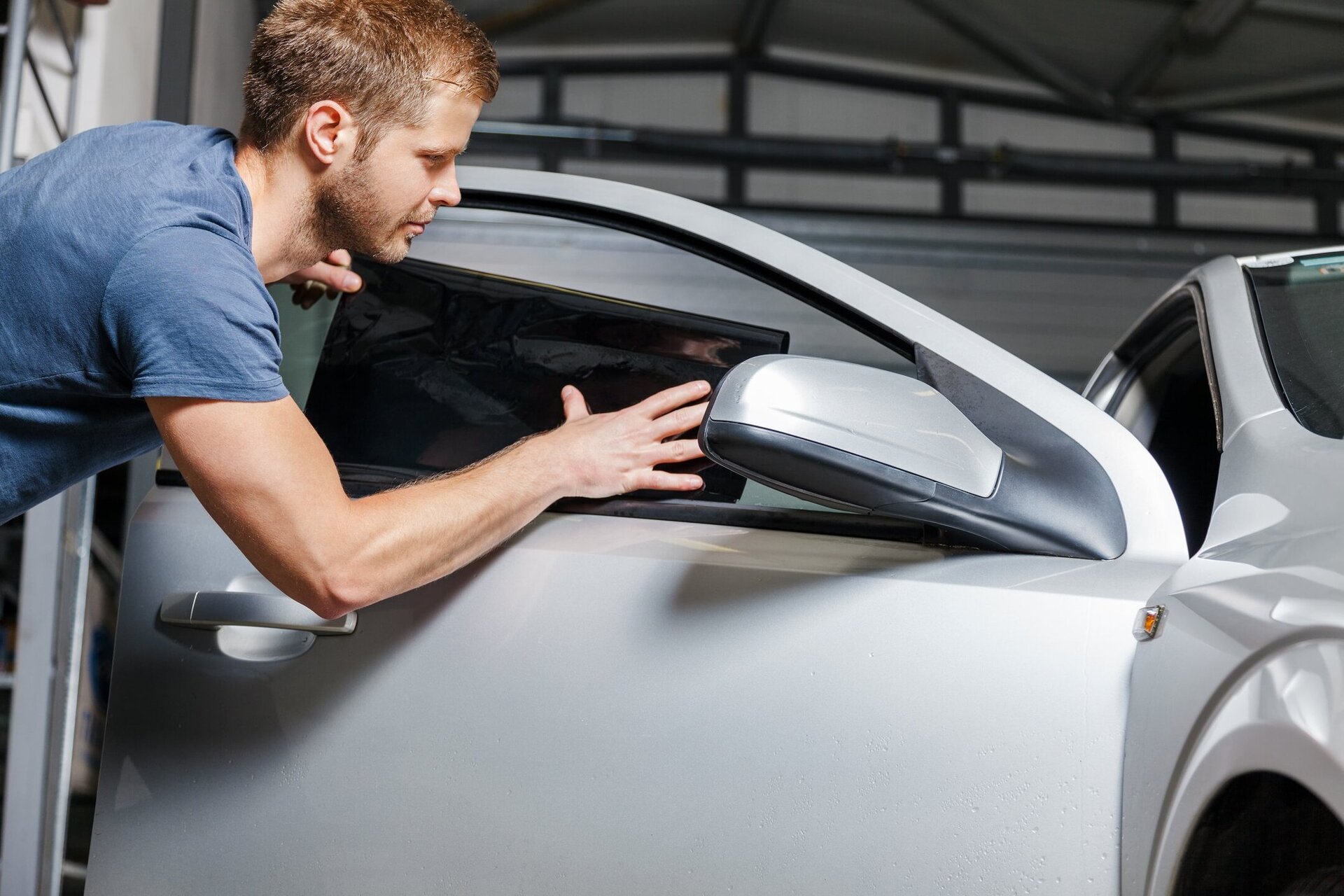

Specialized Home Improvement Topics
What Is The Best Tint For Car Windows
Modified: August 16, 2024
Discover the best tint for car windows and improve your driving experience. Find expert advice on specialized home improvement topics.
(Many of the links in this article redirect to a specific reviewed product. Your purchase of these products through affiliate links helps to generate commission for Storables.com, at no extra cost. Learn more)
Introduction
Car window tinting is a popular automotive enhancement that not only adds a touch of style to your vehicle but also offers several functional benefits. Whether you're looking to enhance privacy, reduce glare, or protect your car's interior from UV rays, choosing the right tint for your car windows is a decision that requires careful consideration. In this comprehensive guide, we will delve into the world of car window tinting, exploring the different types of tint available, the factors to consider when choosing the best option for your vehicle, and the legal regulations that govern window tinting. Additionally, we will highlight the numerous benefits of having tinted car windows, shedding light on how this simple yet effective modification can significantly improve your driving experience. So, let's embark on this journey to uncover the best tint for car windows and discover how it can elevate both the aesthetics and functionality of your vehicle.
Key Takeaways:
- Tinted car windows offer UV protection, heat reduction, and enhanced privacy, making driving more comfortable and preserving the vehicle’s interior. It’s a stylish and functional investment for drivers seeking a personalized driving experience.
- Understanding legal regulations and choosing the right tint type based on heat rejection, UV protection, glare reduction, and aesthetic appeal ensures a safe, stylish, and compliant window tinting experience.
Read more: How To Apply Tint To Car Windows
Understanding Car Window Tinting
Car window tinting involves applying a thin, transparent film to the interior surface of a vehicle’s windows. This film is designed to reduce the amount of visible light, infrared radiation, and ultraviolet (UV) rays that enter the car. By doing so, window tinting offers various benefits, including improved privacy, reduced heat buildup, and protection against UV radiation.
Window tinting films are typically made from polyester and are available in a variety of shades and thicknesses. These films are designed to adhere to the glass using a special adhesive, providing a durable and long-lasting solution for enhancing the appearance and functionality of a vehicle’s windows.
When considering window tinting for your car, it’s essential to understand the different options available and the potential impact they can have on your driving experience. From enhancing comfort and privacy to protecting your skin and interior upholstery, the right window tint can make a significant difference in how you interact with your vehicle on a daily basis.
Different Types of Car Window Tint
When it comes to car window tinting, there are several types of tint films to choose from, each offering unique features and benefits. Understanding the differences between these options can help you make an informed decision when selecting the best tint for your car windows.
1. Dyed Window Tint: This type of tint features a layer of dye between an adhesive layer and a protective outer layer. Dyed window tint is known for its ability to block sunlight and reduce glare, making it a popular choice for those seeking improved visibility and comfort while driving.
2. Metalized Window Tint: Metalized tint contains small metallic particles that reflect heat and UV rays away from the vehicle. This type of tint provides excellent heat rejection and durability, making it an ideal option for those looking to enhance both the aesthetic appeal and functionality of their car windows.
3. Carbon Window Tint: Carbon window tint is designed to block a high percentage of UV rays while maintaining a non-reflective appearance. This type of tint is known for its ability to maintain a cool interior temperature and protect the car’s upholstery from fading, making it a popular choice for those seeking both style and performance.
4. Ceramic Window Tint: Ceramic tint is a premium option known for its exceptional heat rejection, UV protection, and clarity. This type of tint utilizes ceramic particles to block heat without interfering with electronic devices or radio signals. Ceramic window tint is favored for its superior performance and aesthetic appeal, making it an ideal choice for drivers who prioritize both functionality and style.
When choosing the best tint for your car windows, it’s essential to consider factors such as heat rejection, UV protection, glare reduction, and overall appearance. By understanding the unique characteristics of each type of window tint, you can make an informed decision that aligns with your specific preferences and driving needs.
Factors to Consider When Choosing the Best Tint
When selecting the best tint for your car windows, several key factors should be taken into consideration to ensure that the chosen tint meets your specific needs and preferences. By evaluating these factors, you can make an informed decision that aligns with your driving habits, climate, and desired aesthetic appeal.
1. Legal Regulations: Before choosing a window tint, it’s crucial to familiarize yourself with the legal regulations regarding tint darkness and reflectivity in your area. Different regions have specific laws governing the permissible levels of tint, and failure to comply with these regulations can result in fines or penalties. By understanding the legal requirements, you can select a tint that not only meets your preferences but also adheres to local regulations.
2. Heat Rejection: If you reside in a hot climate or frequently experience intense sunlight, prioritizing heat rejection is essential. Look for tint options with high solar heat rejection properties to ensure a cooler and more comfortable interior, especially during the scorching summer months.
3. UV Protection: Protecting yourself and your passengers from harmful UV radiation is a crucial consideration when choosing window tint. Opt for tints that offer high levels of UV protection to safeguard your skin and prevent interior upholstery from fading and deteriorating due to prolonged sun exposure.
4. Glare Reduction: Reduced glare can significantly improve driving visibility and comfort, especially during bright daylight or when encountering headlights at night. Tints that effectively minimize glare contribute to a safer and more enjoyable driving experience.
5. Aesthetic Appeal: The visual impact of window tint plays a significant role in enhancing the overall appearance of your vehicle. Consider the shade and appearance of the tint to ensure that it complements the exterior design of your car while reflecting your personal style preferences.
6. Warranty and Durability: Prioritize tints that come with a warranty and offer long-term durability. A high-quality tint should withstand regular use, resist peeling or bubbling, and maintain its functionality and appearance over time.
By carefully evaluating these factors and understanding their relevance to your driving environment and personal preferences, you can confidently select the best tint for your car windows, ensuring an optimal blend of style, functionality, and compliance with legal requirements.
When choosing a tint for your car windows, consider the legal limits in your area. Look for tints that block UV rays and reduce glare, while still allowing good visibility, to ensure safety and comfort for you and your passengers.
Legal Regulations on Car Window Tint
Legal regulations regarding car window tint vary from one jurisdiction to another, and it’s important for vehicle owners to be aware of the specific laws that govern tinting in their region. These regulations typically address factors such as the darkness of the tint, its reflectivity, and the permitted areas of the vehicle where tint can be applied.
One of the primary considerations in window tint regulations is the Visible Light Transmission (VLT) percentage, which denotes the amount of light that can pass through the tint. Lower VLT percentages indicate darker tints that allow less light to penetrate, while higher VLT percentages signify lighter tints that permit more light to enter the vehicle. Regulations often specify the maximum allowable VLT percentage for different windows, such as the front windshield, front side windows, rear side windows, and rear windshield.
Reflectivity, or the tint’s ability to reflect light, is another aspect addressed in tint regulations. Excessive reflectivity can pose visibility challenges for other drivers on the road, particularly during nighttime or in adverse weather conditions. As a result, regulations often stipulate the permissible levels of reflectivity for window tints.
It’s important to note that legal regulations on window tinting are enforced to ensure road safety, uphold visibility standards, and facilitate law enforcement activities. Non-compliance with these regulations can result in fines, citations, or the requirement to remove illegal tints from the vehicle’s windows.
Before proceeding with window tint installation, it is advisable to consult local authorities or refer to official resources that outline the specific tint regulations applicable to your area. This proactive approach enables vehicle owners to make informed decisions when selecting tints that not only align with their preferences but also comply with legal requirements.
By understanding and adhering to the legal regulations on car window tint, drivers can enjoy the benefits of tinted windows while ensuring compliance with the law, contributing to safer road environments, and avoiding potential penalties associated with illegal tinting practices.
Read more: Why Tint Your Car Windows
Benefits of Having Tinted Car Windows
Investing in tinted car windows offers a multitude of advantages that extend beyond mere aesthetics. From enhancing privacy to protecting the vehicle’s interior and occupants, the benefits of window tinting contribute to a more comfortable and enjoyable driving experience. Let’s explore the compelling advantages that tinted car windows provide:
1. UV Protection: Tinted windows act as a barrier against harmful UV rays, safeguarding both the driver and passengers from the adverse effects of prolonged sun exposure. This protection reduces the risk of skin damage and minimizes the fading and deterioration of the car’s interior upholstery.
2. Heat Reduction: Window tinting effectively mitigates heat buildup within the vehicle, especially during hot weather conditions. By blocking a significant portion of solar heat, tinted windows help maintain a cooler interior temperature, reducing the need for excessive air conditioning and enhancing overall comfort for occupants.
3. Glare Reduction: Tinted windows minimize glare from sunlight and headlights, improving visibility and reducing eye strain while driving. This reduction in glare enhances safety and comfort, particularly during daytime and nighttime driving, contributing to a more relaxed and focused driving experience.
4. Enhanced Privacy: Tinted windows provide an increased level of privacy for vehicle occupants, deterring prying eyes and enhancing personal security. This feature is especially beneficial for individuals who prioritize privacy while driving or when parked in public spaces.
5. Interior Preservation: The UV and heat-blocking properties of window tinting help preserve the car’s interior components, including the dashboard, upholstery, and trim. By minimizing sun-induced fading and deterioration, tinted windows contribute to maintaining the vehicle’s aesthetic appeal and resale value over time.
6. Comfort and Style: Tinted windows enhance the overall aesthetic appeal of the vehicle, lending a sleek and sophisticated appearance. Furthermore, the improved interior comfort resulting from reduced heat and glare enhances the driving experience, making journeys more enjoyable for both the driver and passengers.
By considering these compelling benefits, it becomes evident that tinted car windows offer a comprehensive solution for enhancing comfort, safety, and the overall appeal of the vehicle. Whether prioritizing UV protection, privacy, or interior preservation, the advantages of window tinting make it a valuable investment for drivers seeking to elevate their driving experience.
Conclusion
Car window tinting serves as a versatile and beneficial enhancement that offers a myriad of advantages, ranging from improved comfort and privacy to protection against UV radiation and heat buildup. By understanding the different types of window tint available, considering key factors when choosing the best tint, and adhering to legal regulations, vehicle owners can make informed decisions that align with their preferences and driving needs.
As drivers seek to create a personalized and functional driving environment, the benefits of having tinted car windows become increasingly apparent. The UV protection and heat reduction provided by window tinting not only contribute to a cooler and more comfortable interior but also help preserve the vehicle’s upholstery and interior components. Additionally, the reduction in glare and enhanced privacy afforded by tinted windows enhance safety and security, creating a more relaxed and enjoyable driving experience for occupants.
Furthermore, the aesthetic appeal of tinted windows adds a touch of sophistication to the vehicle, elevating its overall visual impact and reflecting the driver’s personal style preferences. With the availability of various tint options, including dyed, metalized, carbon, and ceramic tints, drivers can select the ideal solution that meets their specific requirements while complementing the exterior design of their vehicle.
By recognizing the multifaceted benefits of tinted car windows and understanding the importance of legal compliance, drivers can maximize the value of this automotive enhancement, enjoying an optimal blend of style, functionality, and regulatory adherence. Ultimately, the decision to invest in tinted car windows represents a commitment to enhancing the driving experience, prioritizing comfort and safety, and preserving the integrity of the vehicle’s interior for years to come.
In conclusion, the journey to uncover the best tint for car windows is not only a quest for improved aesthetics but a pursuit of enhanced comfort, protection, and personalization. As drivers embrace the advantages of window tinting, they embark on a transformative experience that elevates their connection with their vehicle, creating a space that is uniquely tailored to their needs and preferences.
Frequently Asked Questions about What Is The Best Tint For Car Windows
Was this page helpful?
At Storables.com, we guarantee accurate and reliable information. Our content, validated by Expert Board Contributors, is crafted following stringent Editorial Policies. We're committed to providing you with well-researched, expert-backed insights for all your informational needs.
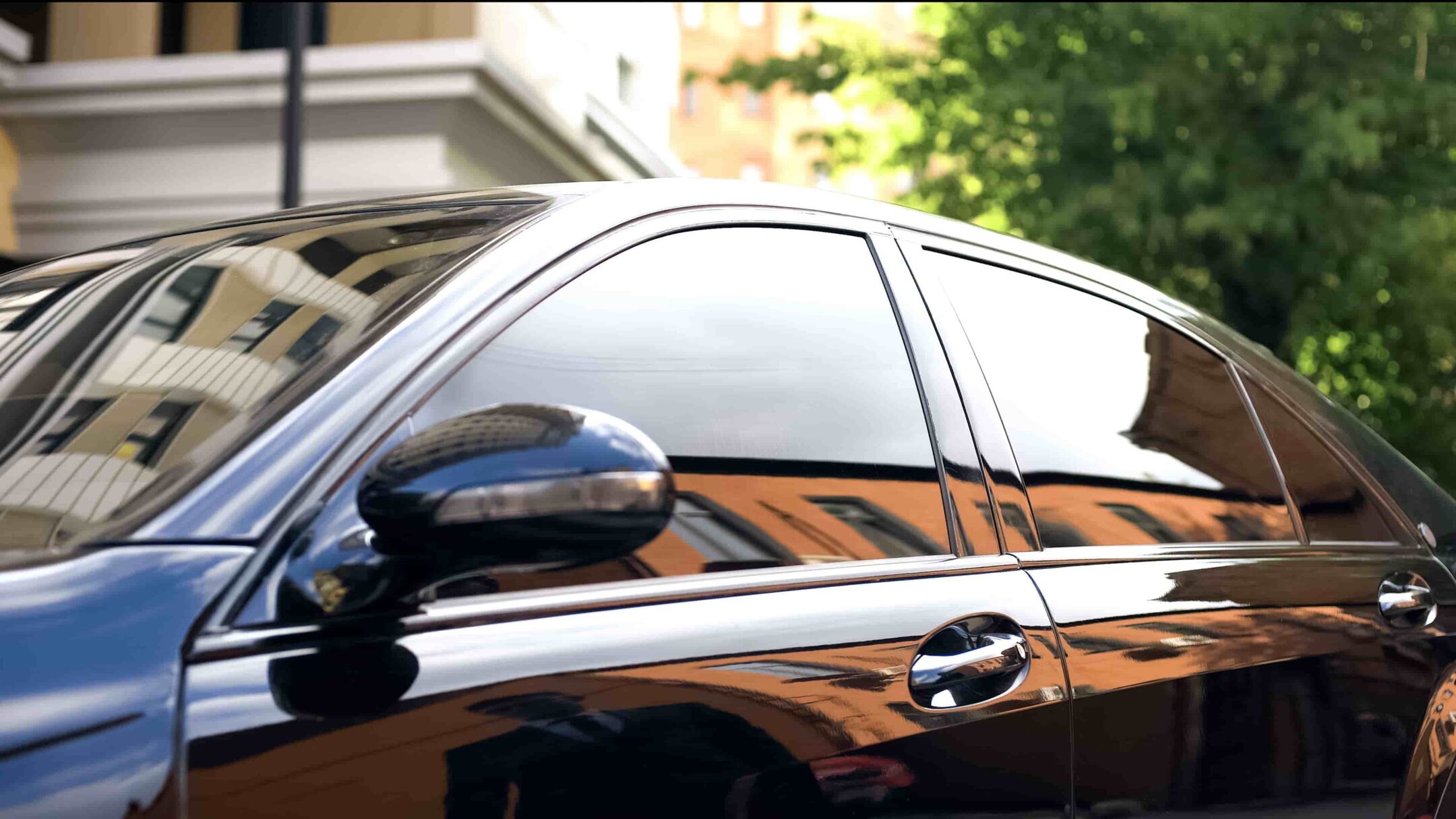
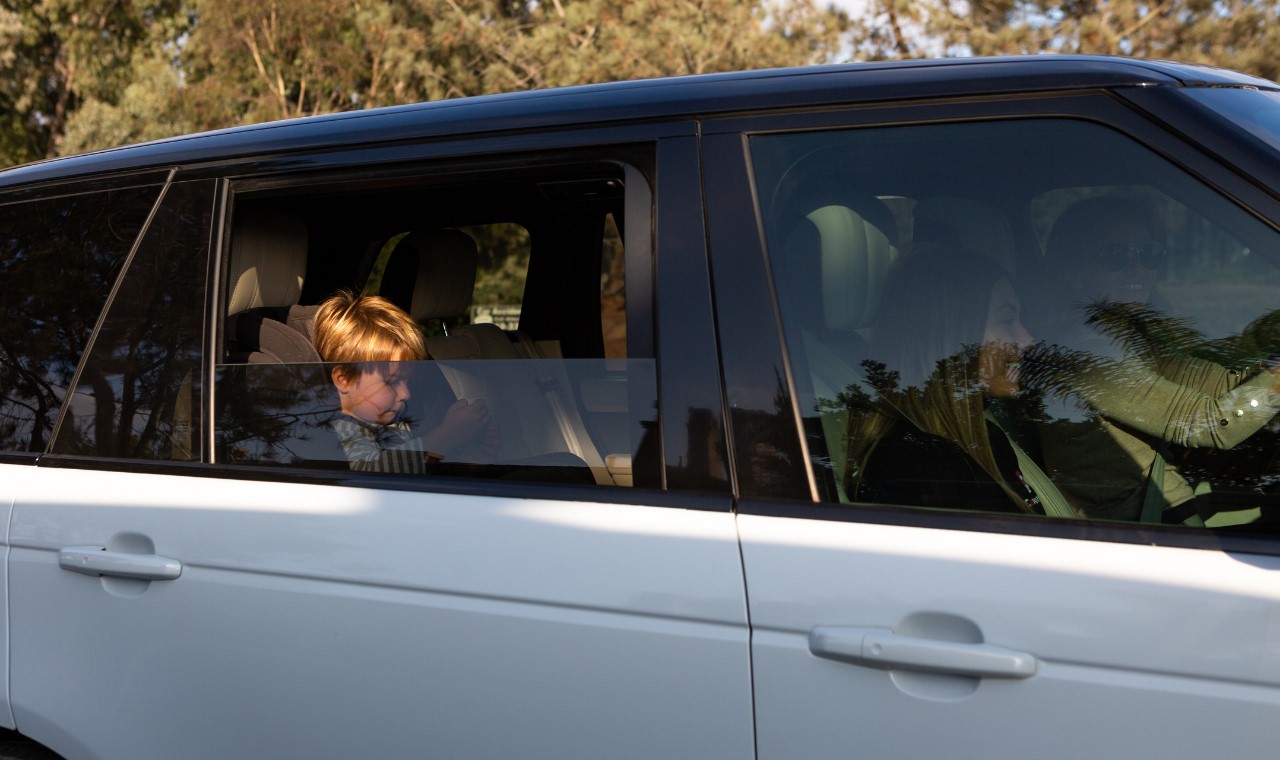

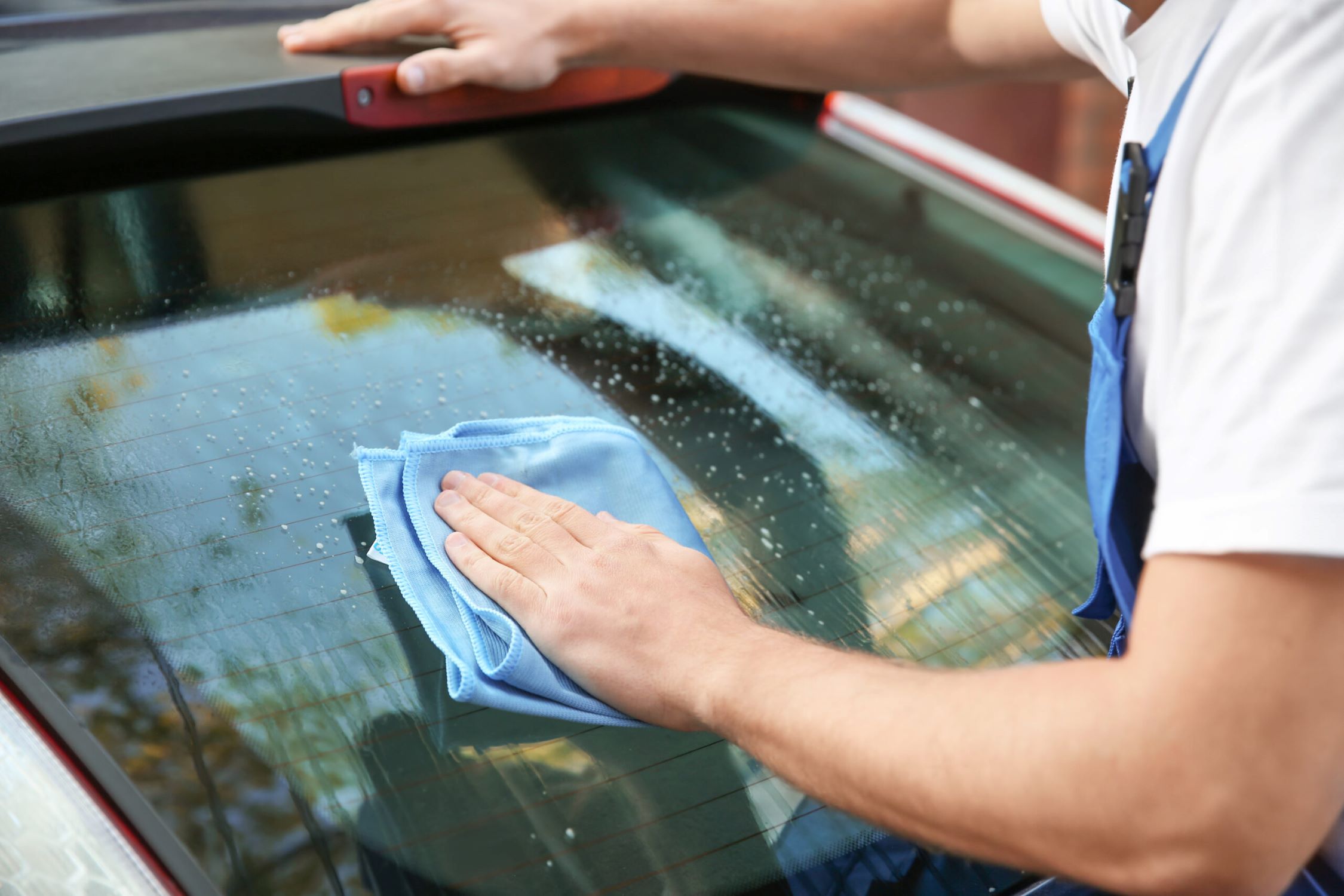



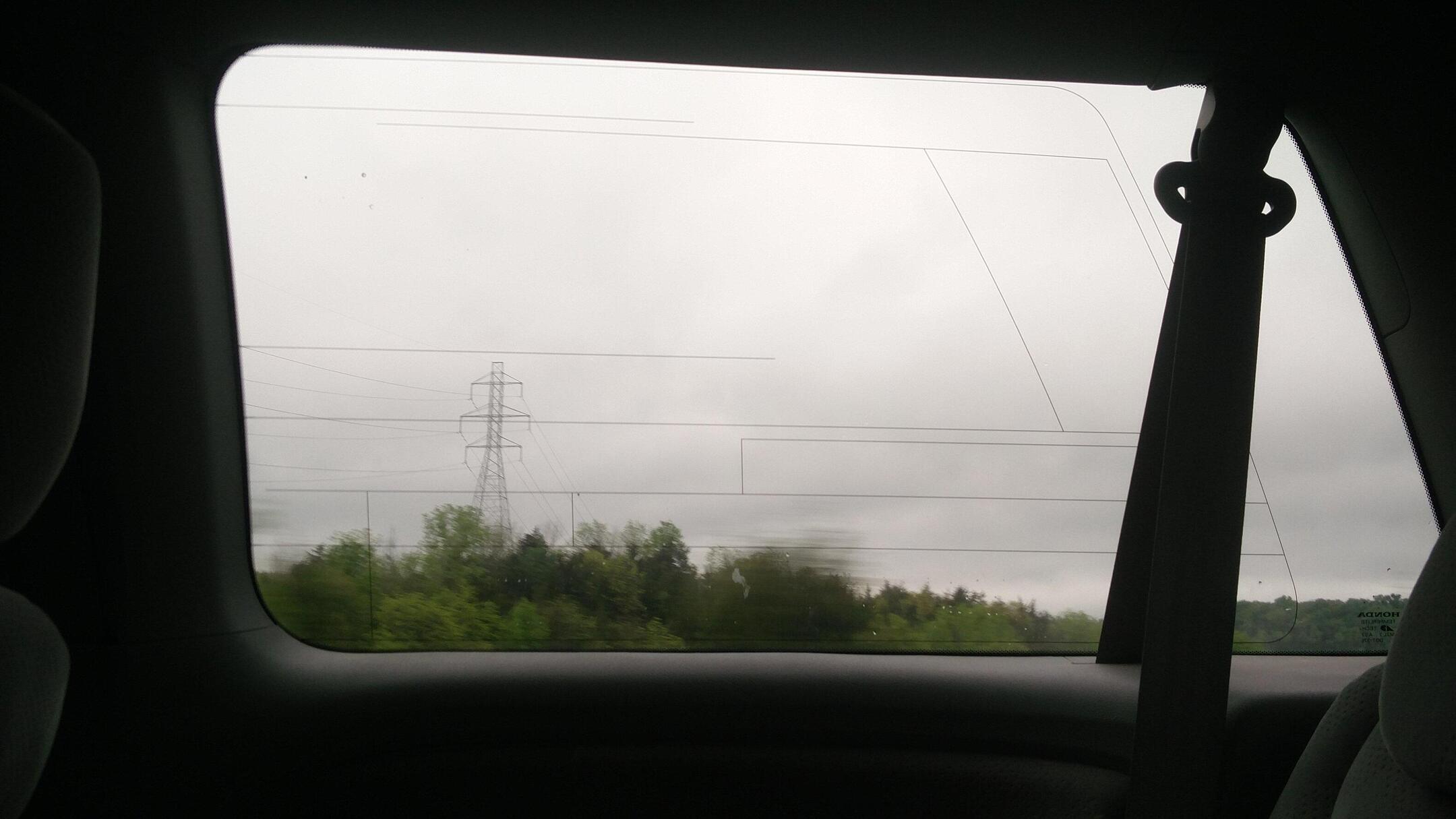
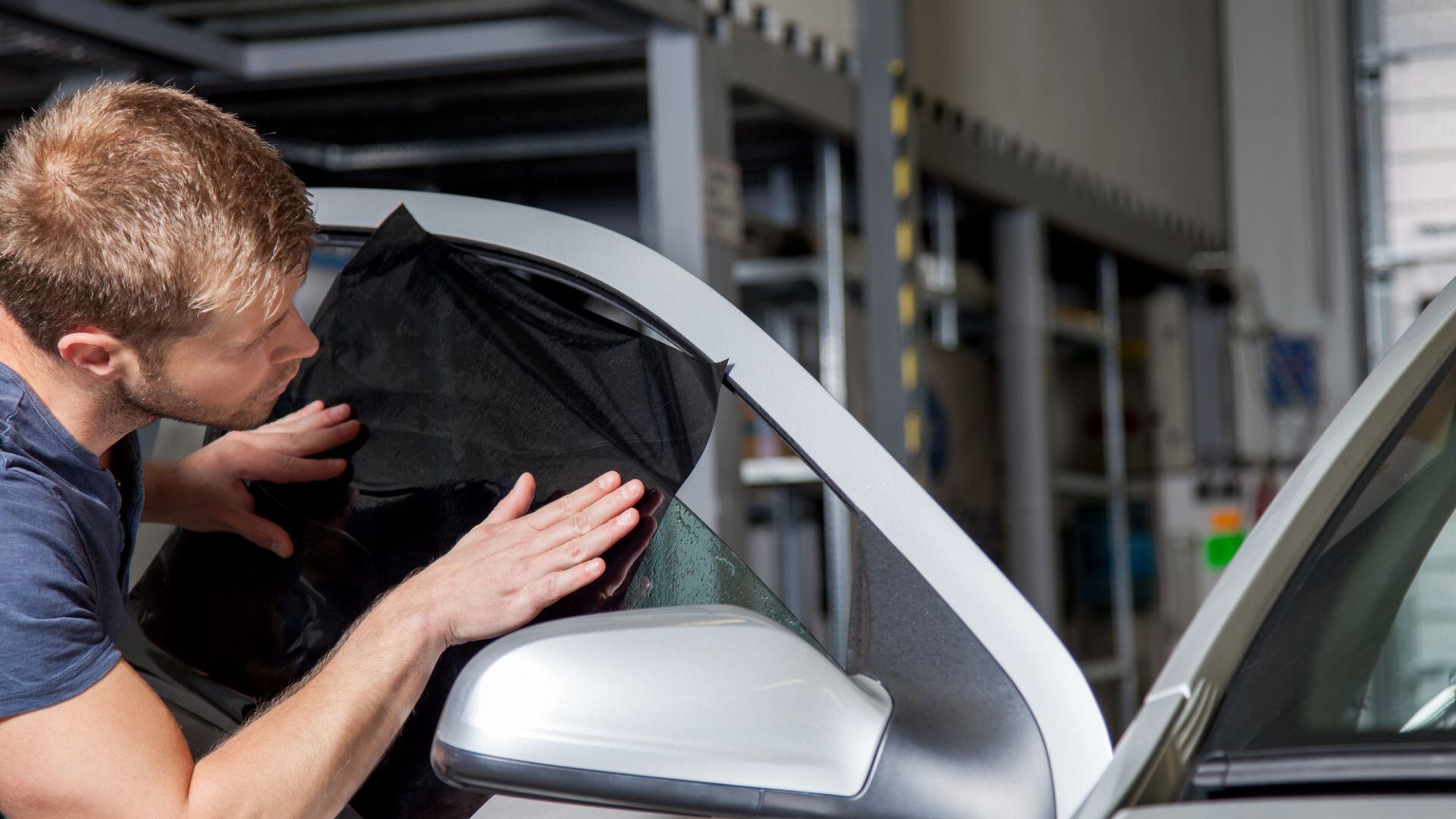
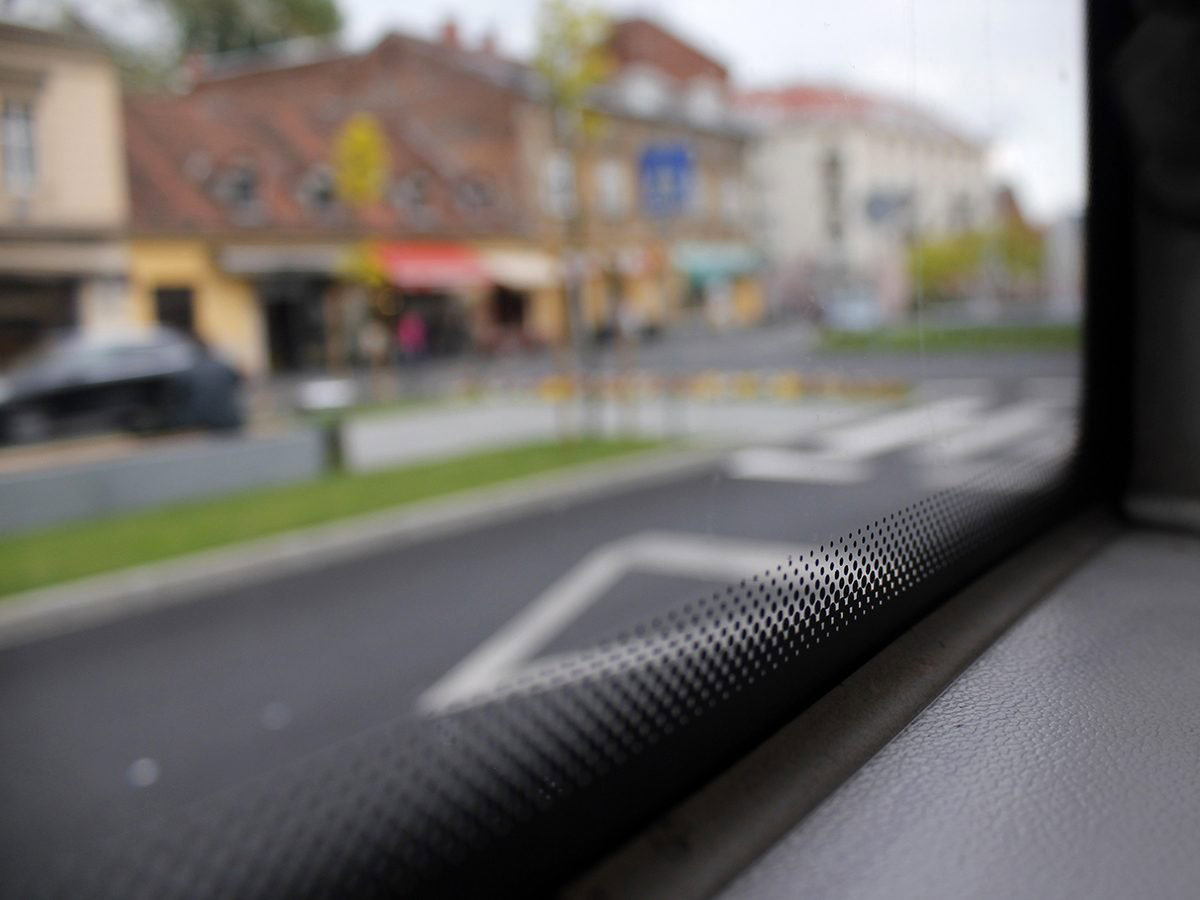
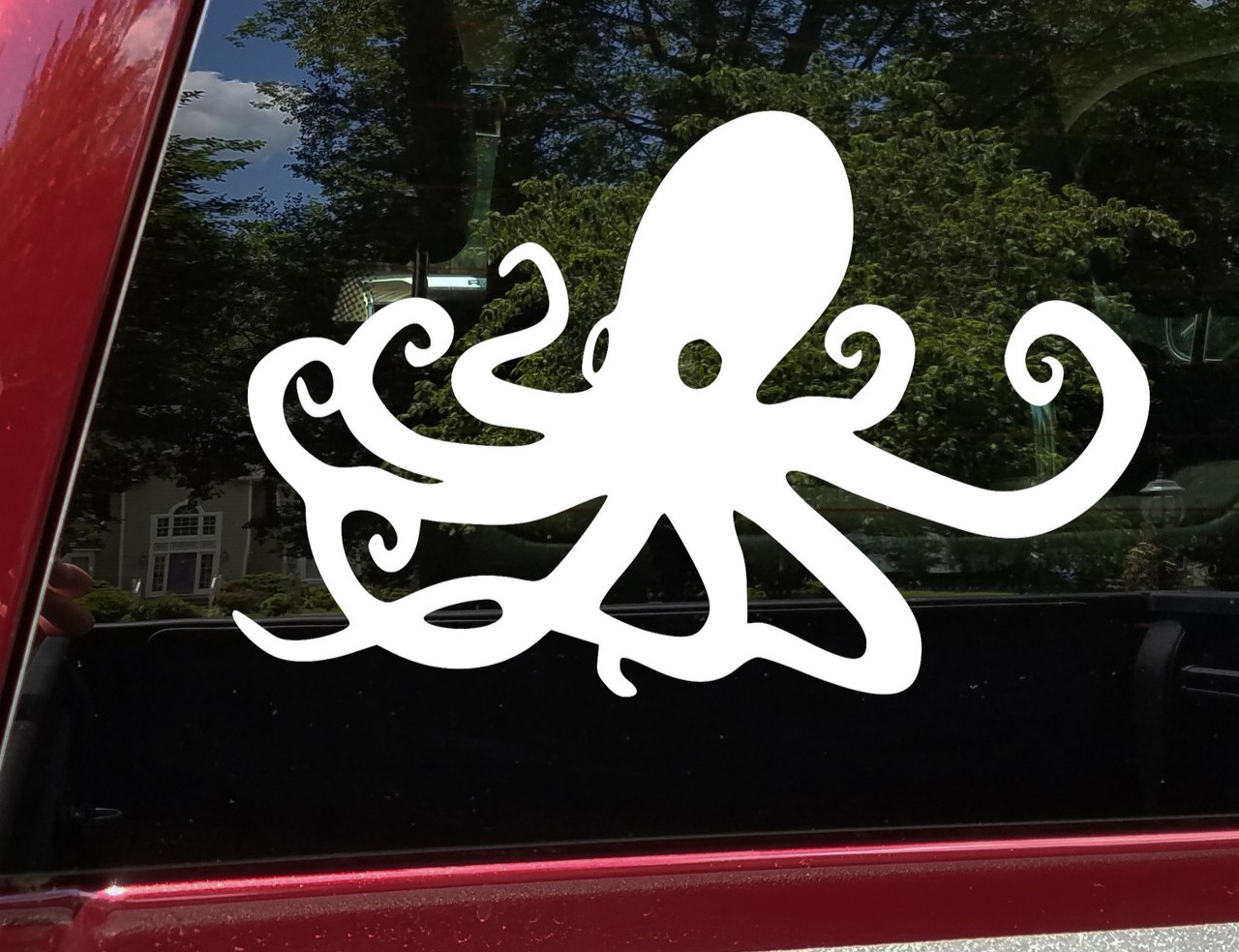
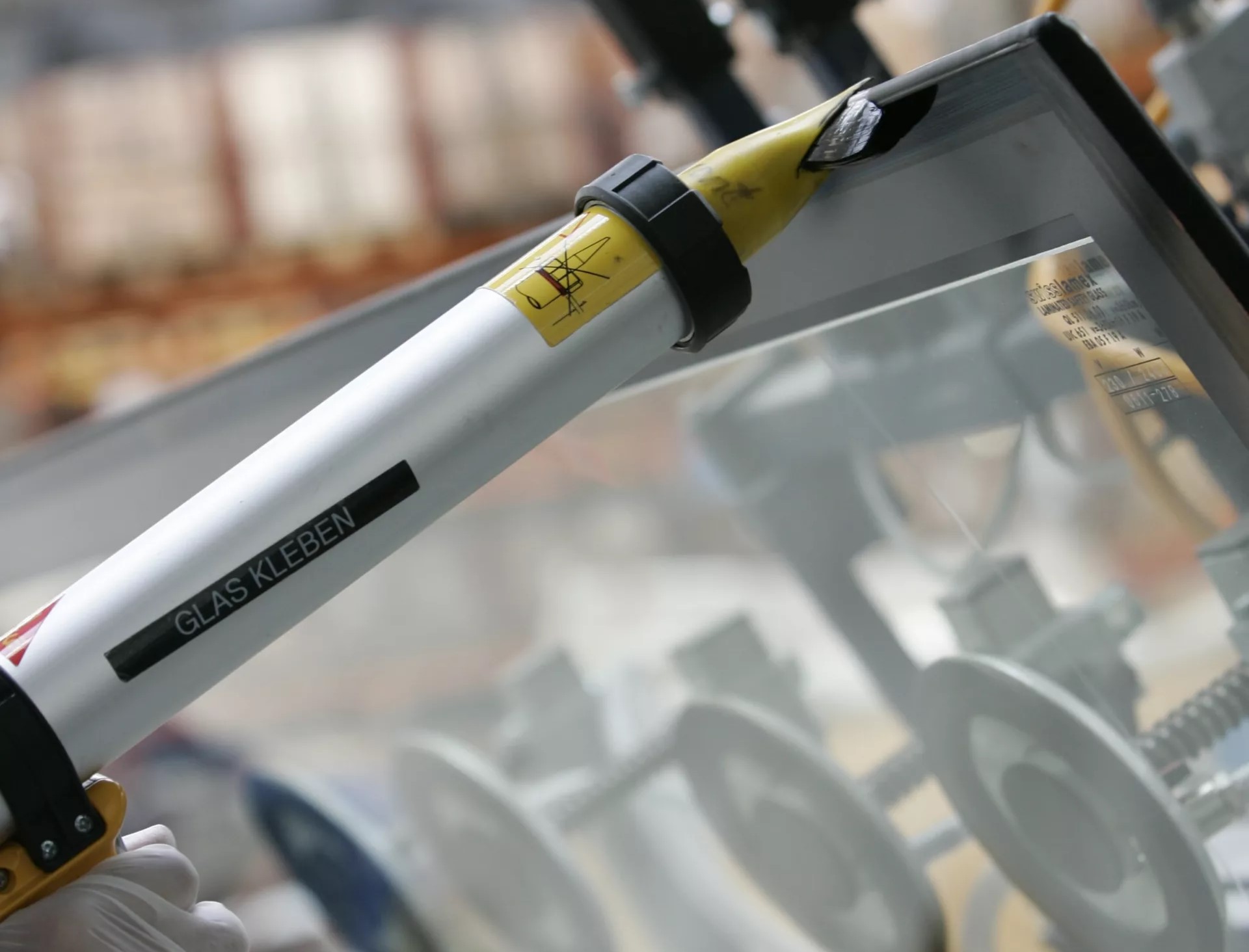
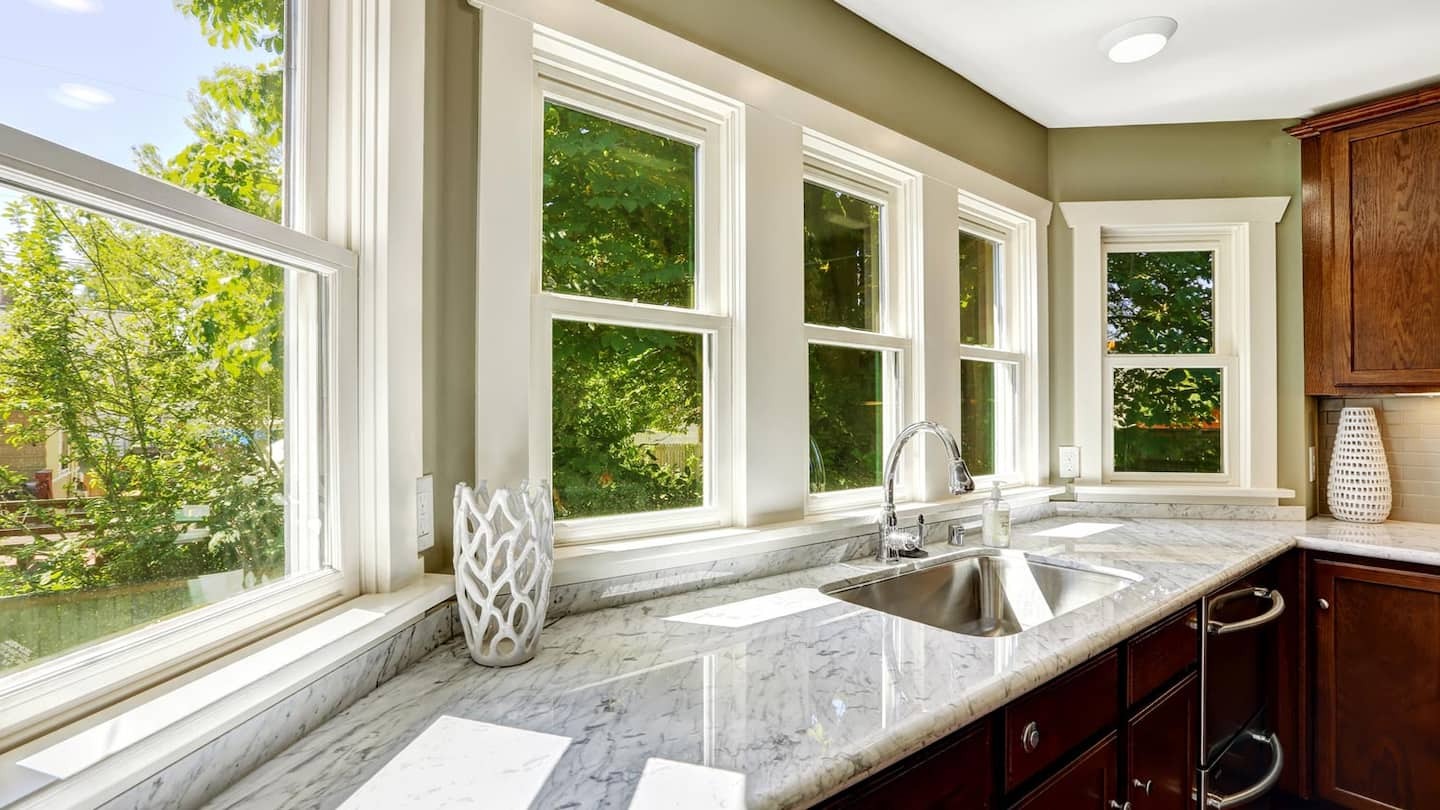


0 thoughts on “What Is The Best Tint For Car Windows”